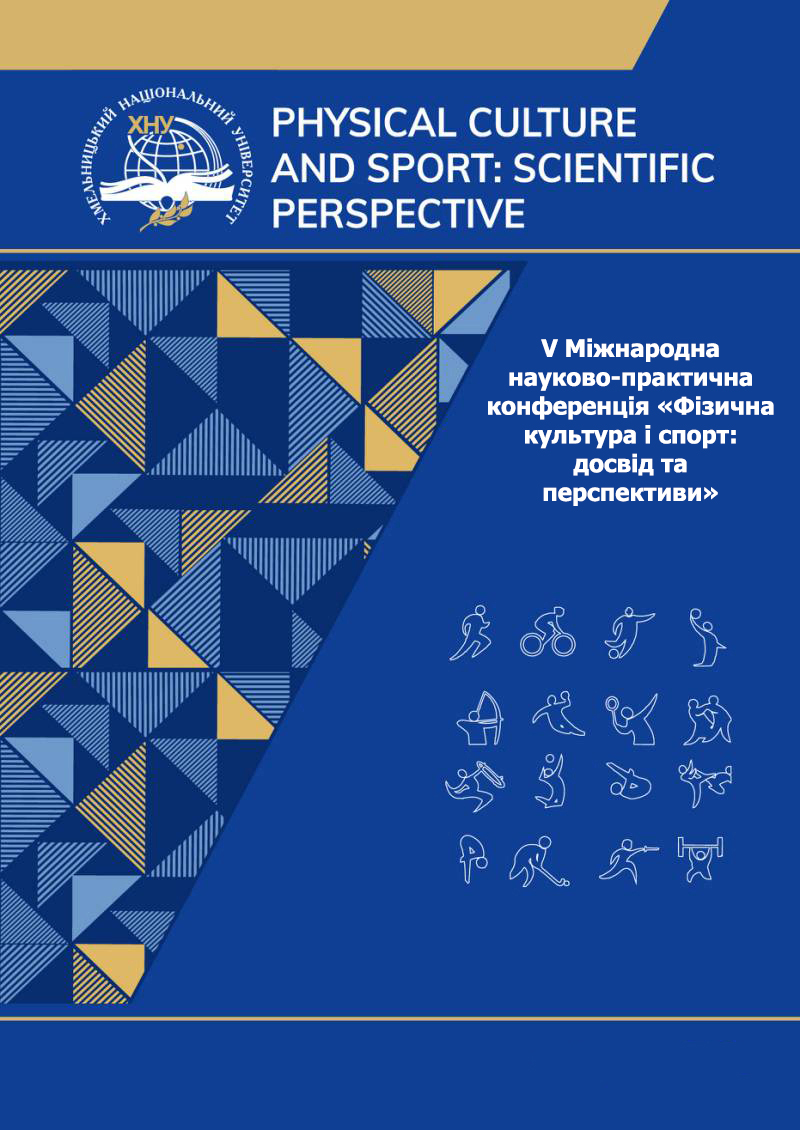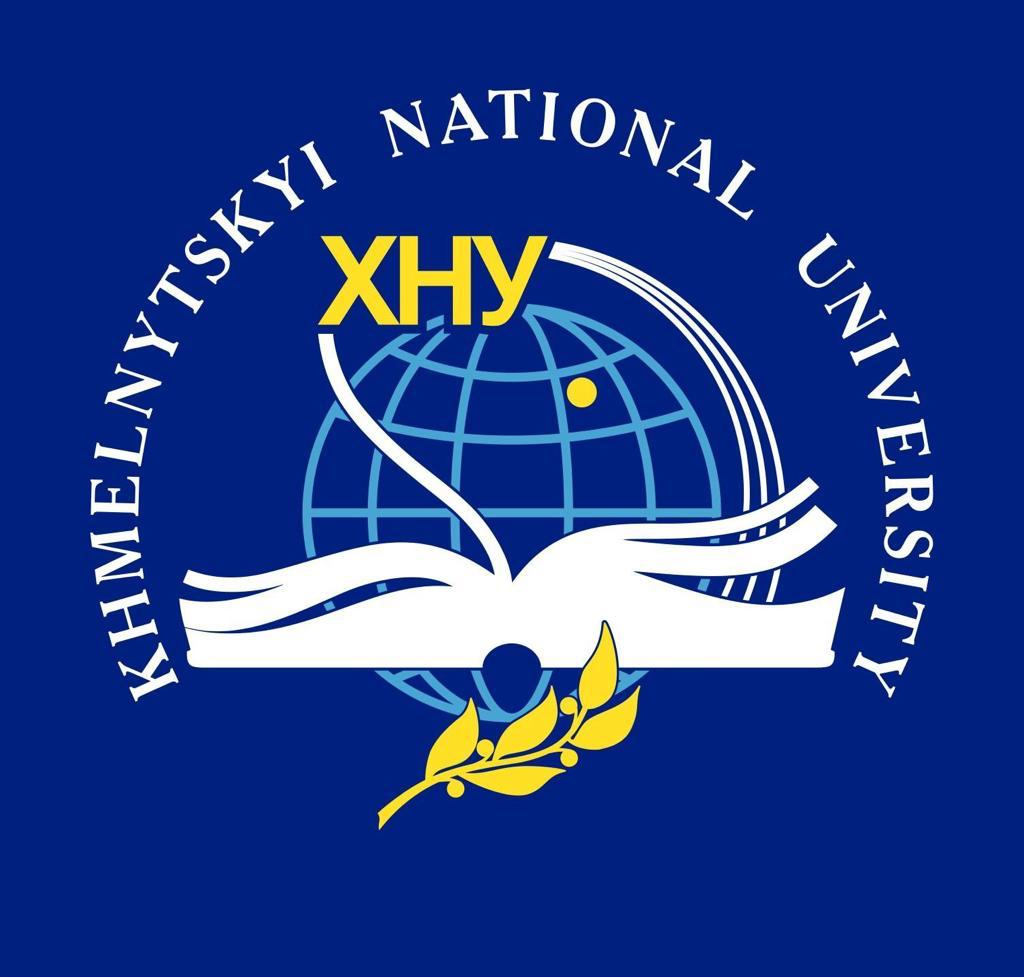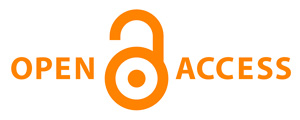ОСОБЛИВОСТІ ЕФЕКТИВНОГО РОЗВИТКУ СТРИБКОВИХ ЗДІБНОСТЕЙ У СУЧАСНОМУ ВОЛЕЙБОЛІ
DOI:
https://doi.org/10.31891/pcs.2025.1(1).52Ключові слова:
стрибкові здібності, волейбол, тренувальний процес, пліометрія, координація, тестування, спортивна підготовкаАнотація
Стрибкові здібності є одним із ключових компонентів успішної гри у сучасному волейболі, оскільки значна частина ігрових дій (атаки, блокування, подачі) залежить від здатності спортсмена виконувати високі та вибухові стрибки. Зростання інтенсивності гри та фізичних вимог до спортсменів обумовлює необхідність вдосконалення методик розвитку стрибкових здібностей. Сучасні дослідження свідчать, що традиційні методи не завжди враховують індивідуальні особливості гравців, їхній рівень фізичної підготовки, координаційні можливості та специфіку тренувальних навантажень. У статті розглянуто необхідність комплексного підходу до розвитку стрибкових здібностей, що включає поєднання пліометричних, силових та координаційних вправ. Окрема увага приділена взаємозв’язку стрибкових характеристик із такими параметрами, як спритність, швидкість реакції та баланс. Дослідження також аналізує ефективність різних методик тестування стрибкових здібностей і їхню роль у коригуванні тренувальних програм. Запропоновані практичні рекомендації щодо використання спеціальних вправ та тестових завдань дозволяють підвищити ефективність тренувального процесу, знизити ризик травм та покращити ігрову продуктивність волейболістів. Визначені тестові нормативи можуть бути використані для оцінки рівня підготовки спортсменів у різних вікових групах. Подальші дослідження повинні бути спрямовані на розробку персоналізованих програм тренувань для гравців різних позицій, а також на оцінку довгострокового впливу різних тренувальних підходів на стрибкові здібності волейболістів.
Посилання
Gapotchenko, S. O., Hrynchenko, I. B., & Siryi, O. V. (2022). The methodology of coordination skills development and its impact on the effectiveness of competitive actions of young volleyball players aged 12-14. XV International Scientific Conference "Health-saving technologies, rehabilitation and physical therapy", 23-30.
Marchenko, S. I., & Dykhanova, A. I. (2019). Motor abilities: The impact of volleyball training on the coordination readiness of 15-year-old girls. Theory and Methods of Physical Education, 19(1), 23–28. https://doi.org/10.17309/tmfv.2019.1.03
Melnyk, A. (2025). Development of jumping ability in 13-14-year-old volleyball players using the circuit training method. Problems and Prospects for the Development of Sports Games and Martial Arts in Higher Education Institutions, 1, 126-128.
Sobko, I. M., & Martynenko, V. H. (2025). The use of different-height hurdles for the development of jumping ability in volleyball. Problems and Prospects for the Development of Sports Games and Martial Arts in Higher Education Institutions, 111-114.
Backler, M. D., Boen, F., Ceux, T., De Cuyper, B., Hoigart, R., Callens, F., Fransen, K., & Broek, G. V. (2021). Do perceived justice and need support of the coach predict team identification and cohesion? Testing their relative importance among top volleyball and handball players in Belgium and Norway. Psychology of Sport and Exercise, 12(2), 192-201. http://dx.doi.org/10.1016/j.psychsport.2010.09.009
Biger, M. (2021). The effect of an eight-week strength training program supported with functional sports equipment on male volleyball players’ anaerobic and aerobic power. Science & Sports, 36(2), 137.1-137.e9. http://dx.doi.org/10.1016/j.scispo.2020.02.006
Bruner, M. W., McLaren, C. D., Mertens, N., Steffens, N. K., Boen, F., McKenzie, L., Haslam, S. A., & Fransen, K. (2022). Identity leadership and social identification within sport teams over a season: A social network analysis. Psychology of Sport and Exercise, 59, 102106. http://dx.doi.org/10.1016/j.psychsport.2021.102106
Caputo, E. L., Rombaldi, A. J., Harmer, A. R., & Silva, M. C. (2019). Is low frequency and volume sports training beneficial to bone density in female adolescents? Science & Sports, 35(1), 1-46. http://dx.doi.org/10.1016/j.scispo.2019.03.007
Jarilkapov, U. B., Qaljanov, R. P., & Tolibaeva, D. K. (2024). Development of jumping ability in volleyball players by means weightlifting strength exercises. International Journal of Pedagogics, 4(1), 74-80. https://doi.org/10.37547/ijp/Volume04Issue01-14
Kucikkubas, N., & Korkusuz, F. (2019). What happens to bone mineral density, strength and body composition of ex-elite female volleyball players: A cross sectional study. Science & Sports, 34(4), e259-e269. http://dx.doi.org/10.1016/j.scispo.2018.11.006
Maffulli, N., Chan, K., Malina, R., & Parker, T. (2021). Sports Medicine for Specific Ages and Abilities. Churchill Livingstone.
Magee, D., Manske, R., Zachazewski, J., & Quillen. (2010). Athletic and Sport Issues in Musculoskeletal Rehabilitation. Saunders.
Martiri, A., & Lleshi, E. (2024). Volleyball training and practice: Vertical jump and agility tests. SPORT TK, 13, Article 21. https://revistas.um.es/sportk/article/download/548591/357401/2266871
Lath, F., Koopnann, T., Faber, I., Baker, J., & Schoner, J. (2021). Focusing on the coach’s eye; towards a working model of coach decision-making in talent selection. Psychology of Sport and Exercise, 56, 102011. http://dx.doi.org/10.1016/j.psychsport.2021.102011
Schlappi-Lienhard, O., & Hossner, E.-J. (2015). Decision making in beach volleyball defense: Crucial factors derived from interviews with top-level experts. Psychology of Sport and Exercise, 16(1), 60-73. http://dx.doi.org/10.1016/j.psychsport.2014.07.005
##submission.downloads##
Опубліковано
Як цитувати
Номер
Розділ
Ліцензія
Авторське право (c) 2025 Андрій МОЛДОВАН

Ця робота ліцензується відповідно до Creative Commons Attribution 4.0 International License.





